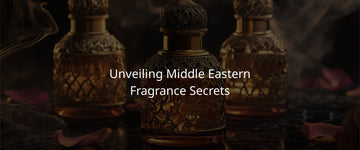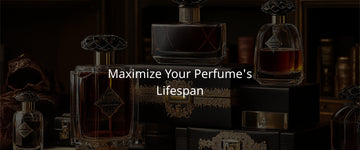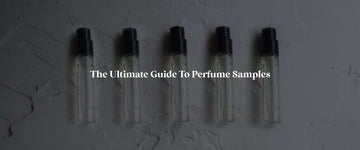In the enchanting world of perfumery, few ingredients have captured the imagination and the senses quite like oud. This precious, fragrant wood, also known as agarwood, has been prized for centuries in the Middle East and Asia for its deep, complex aroma. Today, oud has become a global sensation, captivating fragrance lovers with its rich, mysterious allure. Join us as we delve into the captivating world of fragrances with oud, exploring its origins, its unique scent profile, and the myriad ways in which it is used in perfumery.
The Origins of Oud
Oud, or agarwood, is derived from the Aquilaria tree, native to the dense rainforests of Southeast Asia. When these trees become infected with a specific type of mold, they produce a dark, resinous heartwood as a defense mechanism. This precious wood is then harvested and distilled to extract the coveted oud oil.
The process of creating oud oil is both time-consuming and labor-intensive, which contributes to its high value and rarity. The trees must be carefully selected and the infected heartwood painstakingly extracted before the oil can be distilled. It is this artisanal, almost alchemical process that imbues oud with its aura of luxury and exclusivity.
The Scent Profile of Oud
One of the most fascinating aspects of oud is its complex and varied scent profile. Far from being a singular aroma, oud is a symphony of scents, ranging from sweet and balsamic to earthy and woody, with surprising hints of leather, spices, and even fruit.
This complexity is part of what makes oud so versatile in perfumery. It can be blended with a wide array of other notes, from floral and citrus to spicy and musky, creating fragrances that are at once familiar and yet utterly unique.
Some of the most common scent descriptors associated with oud include:
- Woody
- Earthy
- Balsamic
- Leathery
- Smoky
- Animalic
- Medicinal
However, the exact aroma of oud can vary significantly depending on factors such as the specific species of Aquilaria tree, the region in which it was grown, and the method of extraction used.
Oud in Perfumery
Oud has been used in perfumery for centuries, particularly in the Middle East where it is often combined with other precious ingredients like rose, saffron, and musk. These traditional oud-based fragrances, known as attars, are prized for their depth, richness, and longevity on the skin.
In recent years, oud has also become increasingly popular in Western perfumery, with many niche and luxury brands launching their own interpretations of this classic note. Some notable examples include:
- Byredo Oud Immortel: A modern take on oud, blending the smoky wood with bright, fresh notes of lemony incense and patchouli.
- Tom Ford Oud Wood: A warm, sensual blend of oud, sandalwood, and vetiver, with hints of cardamom and amber.
- Kilian Pure Oud: A straightforward, almost reference-quality oud fragrance that showcases the raw beauty of the material.
- Fragrance Du Bois Oud Jaune Intense: A rich, opulent oud scent with notes of saffron, rose, and leather.
These fragrances demonstrate the incredible versatility of oud and its ability to be interpreted in myriad ways by different perfumers and brands.
How to Wear Oud Fragrances
Given the potency and complexity of oud, it can sometimes be intimidating for those new to the note to know how to wear it. Here are a few tips:
- Start small: Oud fragrances are often highly concentrated, so a little goes a long way. Start with just a spritz or two and build up as desired.
- Consider the occasion: Oud fragrances are often associated with evening wear and special occasions due to their richness and opulence. However, lighter oud blends can also work well for daytime.
- Pay attention to the other notes: Oud is rarely used alone in perfumery. Consider the other notes in the fragrance and how they interact with the oud to create the overall scent profile.
- Give it time: Oud fragrances often develop and change significantly on the skin over time. Don't judge a fragrance too quickly - allow it to unfold and reveal its full complexity.
Conclusion
Oud is a truly fascinating and multifaceted ingredient in perfumery, with a rich history and an undeniable allure. Whether you're drawn to the deep, mysterious scent of pure oud or prefer it as part of a more complex blend, there is an oud fragrance out there to suit every taste and occasion.
As the popularity of oud continues to grow, we can expect to see even more innovative and captivating interpretations of this classic note in the years to come. So why not embark on your own olfactory journey and discover the magic of oud for yourself? With its depth, complexity, and undeniable luxury, it's a scent that is sure to leave a lasting impression.





